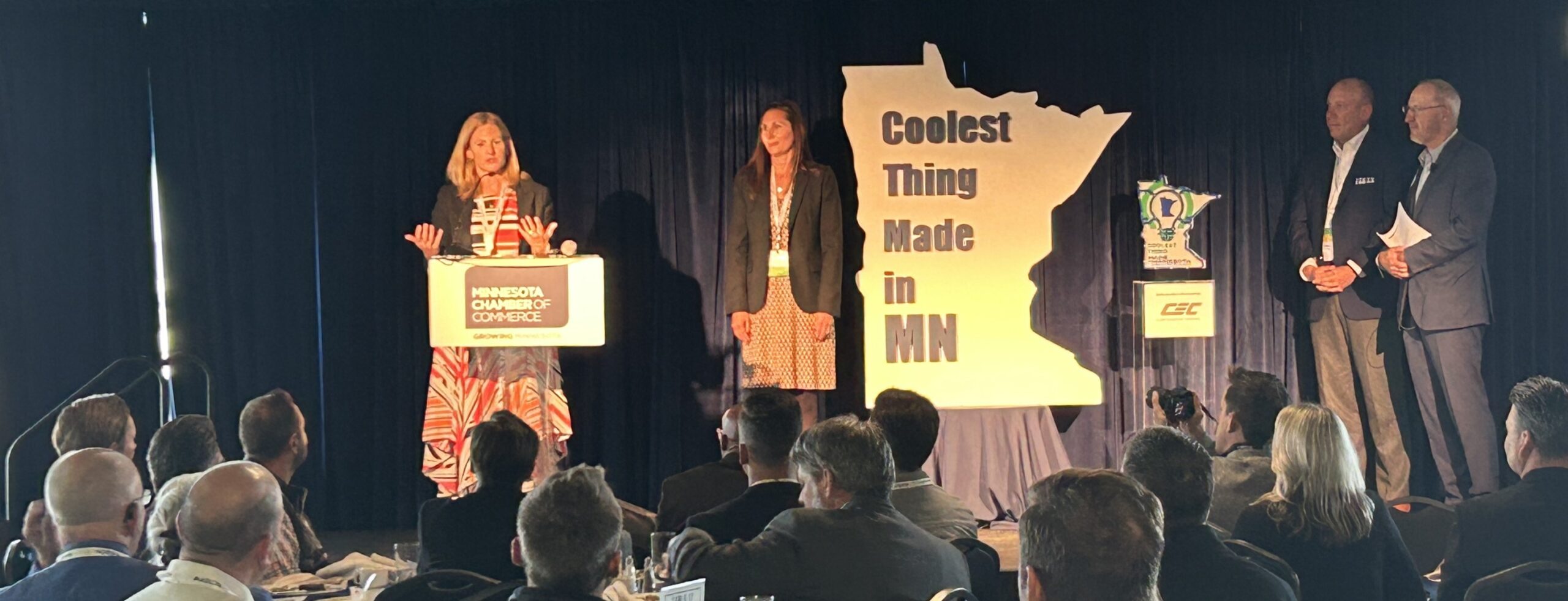One of my favorite yoga postures to practice and teach is Parivrtta Utkatasana (pictured above), a dynamic posture accessible to most people, yet still very challenging. The way I incorporate this posture into my classes varies slightly based on the skill level and knowledge of the practitioners in the room. Although it yields the same result, the cues and the level of detail I provide are different. Tailoring your message to the audience is not only important in yoga, but also when developing marketing content, especially in complex industries like manufacturing and healthcare. Here are some of the best practices I have learned for adapting key messages for different audiences.
Know your audience.
This might sound obvious, but before you skip ahead, the next time you are going to share your story, ask yourself:
- What does your audience already know about the topic?
- What’s most important to them?
- What jargon will they understand and what terms are best avoided?
- What’s your desired outcome?
For example, understanding my students’ previous yoga experience dictates whether I lead them into the posture by saying “Parivrtta Utkatasana” or “Prayer Twist.” It also determines how many instructions I should give to help them achieve the pose. From the start, I need to understand whether my objective is to simply help a student move into the posture safely or whether I should encourage them to deepen their existing posture. Possessing this information not only helps me become clearer in my presentation, but also benefits my students as they are able to absorb the information shared.
Tailor your content.
Once you know your audience and their level of understanding, you can tailor your content to match. For example, our healthcare client, Stryker ProCare has authored separate articles for Executive Insight and Health Facilities Today on the same topic – benefits and criteria for selecting a medical equipment service provider. Because the publications reach different audiences, health system C-suite and healthcare facilities/operations managers respectively, it was important to alter our messaging according. For the C-suite, we emphasized financial benefits. Whereas, for facilities and operations managers, we focused more on how to maximize uptime and keep a facility operating at maximum capacity.
Making your language relevant and accessible, yet not belittling can be a fine line to walk. I don’t think I would have many yogis attending my classes if I started to explain a posture by saying “Bring your feet, the things that you stand on, together to touch.” Just because your audience doesn’t have a ton of knowledge on the subject, doesn’t mean they don’t have any.
Use supporting material.
Adding images, videos or demonstrations is especially smart when communicating a complex topic or product. When we introduced 3M™ Splittable Flying Splice Tape 8387 in May, for example, providing demos at the Info*Flex conference in Nashville helped explain how the product is used and make its benefits more tangible. For the same reasons, I encourage you to add supporting material like images, infographics and videos to editorial content.
Above all, don’t copy and paste because one message doesn’t resonate with every audience. Take the time to fine tune the message to ensure it uniquely resonates with each distinct audience. I am much more likely to have a student stay through an entire yoga class and come back again if they understand the content.



